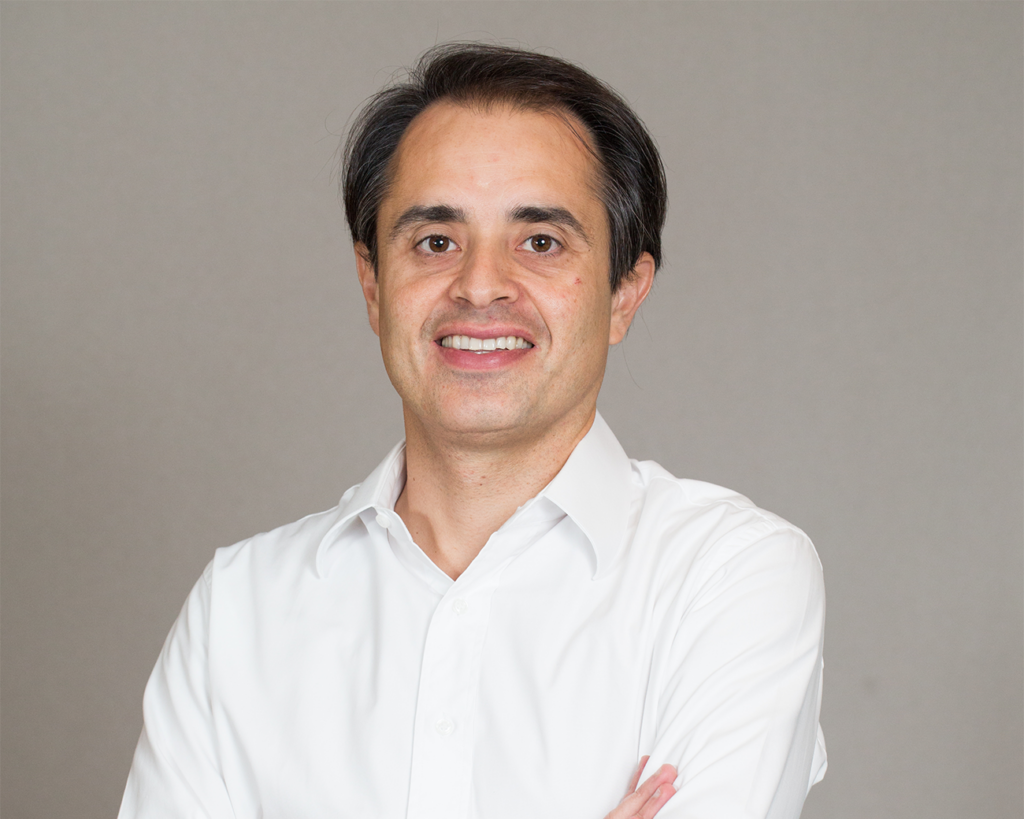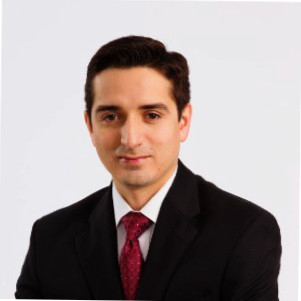Member Profiles
An Interview with Jose Miguel Knoell, ACON Investments
16 May 2013

LAVCA spoke with Jose Miguel Knoell, Managing Partner at ACON Investments, on the trend towards regionalism in Latin American businesses, and the opportunity that presents for international PE firms.
LAVCA: Please give us some background about your firm. When was it founded? How many funds do you operate? What are your assets under management? How did you become involved with ACON ?
Knoell: ACON Investments (“ACON”) is an international private equity investment firm that has managed over US$2.5 billion of capital through separate Funds focused on the U.S. and in Latin America. Our experience in Latin America dates back to 1996 and is comprised of 28 investments in 9 different countries throughout the region. We are currently finishing the deployment our third pan-Latin American pool of capital and anticipating a first closing on our next pan-Latin America fund in the near future.
I joined ACON’s three founding partners in 1998 to help manage our first Latin American private equity fund focused on the Andean Region and have since helped managed subsequent pools of capital for Latin America with a particular emphasis on those markets outside Brazil and Mexico.
LAVCA: What is the geographic scope of ACON’s presence in the region? Where do you have offices and how do you source deals across multiple markets?
Knoell: ACON has a flexible mandate to invest throughout Latin America, which allows us to identify, compare and discriminate between opportunities in the region and avoid countries that may present unique political and economic risks. We have dedicated offices in Mexico City and São Paulo, as well as an office in Bogotá planned to open in 2013. In order to source transactions across multiple markets, we leverage our local presence, our network of local relationships and our presence in the U.S. In fact, we are one of the few firms that have successfully developed deal flow involving the acquisition of corporate orphans from U.S. and European multinationals.
LAVCA: What is the role of Europe for Latin American PE investors today – has ACON generated deal flow from European firms selling off non-core assets, or sold portfolio companies to European acquirers?
Knoell: The recent financial crisis has created numerous opportunities for private equity firms active in Latin America. We have found several distressed sellers looking to divest their Latin American subsidiaries in order to focus their efforts in their core markets. By way of example, five of the last 13 transactions completed by ACON in Latin America have involved the acquisition of businesses from distressed European and U.S. corporates. Likewise, we have sold portfolio companies in the region to both European and Asian strategic buyers.
LAVCA: How do you view the different markets today in Latin America – where are valuations and opportunities most attractive? What markets are you avoiding?
Knoell: We focus resources on developing investments in the region’s main markets which include Brazil, Mexico, Colombia, Peru and certain Central American countries and will de-emphasize, for the time being, investments in countries that do not exhibit strong economic and political fundamentals such as Venezuela and Argentina.
Mexico is a clear example of changing macroeconomic fundamentals in Latin America. From 2008 until 2011, Mexico battled with a steep recession, an outbreak of the H1N1 virus and a deepening war against organized crime. In 2012, the country’s economy achieved a dramatic turnaround. Today, Mexico has a new President with the political capital to pursue pending structural reforms, particularly in the energy, fiscal and labor fronts. Mexico has and will continue to be a country of strong focus for us.
LAVCA: What is your most recent investment? What unique actions are you taking to add value to the company from an operational standpoint?
Knoell: Hidrotenencias, one of our most recent investments, is a renewable energy holding company based in Panama with a mix of profitable operating assets and growth prospects via acquisitions and new project development. ACON’s strategy is to create a 300MW to 500MW “Pure-play” Renewable Energy Platform in Latin America building on the company’s existing base of profitable operating assets. In order to achieve this, ACON has assembled a consortium of investors that include international institutions as well as highly experienced local operating partners in the Company’s main target markets. ACON has worked to strengthen the management team and improve the capital structure to position the company for growth. ACON has also led the improvement of monitoring, reporting and governance systems, and has worked closely with management in the implementation of operations, maintenance, social and environmental management programs in line with industry best practices. Finally, ACON has supported Hidrotenencias’ management in the identification and analysis of potential acquisitions and new projects to grow and diversify the company’s portfolio.
LAVCA: ACON seems to be largely sector agnostic – why? How do you invest successfully across a wide range of sectors, from infrastructure to financial services to oil & gas services? What sectors are attractive today and why? Are there any sectors that you specifically avoid?
Knoell: ACON pursues a thematic investment approach, seeking to invest in businesses that benefit from long-term trends in Latin America: dramatic increase in consumption, growing infrastructure needs and investment and underpenetrated financial services. Sectors that we currently view as attractive in the region include retail, healthcare services, education, waste management, renewable energy, construction services, third-party logistics and consumer finance, among others. We tend to avoid real estate and conventional infrastructure assets. We partner with management teams from the respective industries to help us source proprietary deal flow, provide a unique perspective on the target and to ultimately manage the companies we acquire. We align management interests with ours by requiring that they co-invest alongside us in the transaction. Our current portfolio falls within these themes including a hydropower deal in Panama, an infrastructure services investment in Brazil, a pension fund manager and a dollar store chain in Mexico and a waste management company and a specialty finance company in Colombia.
LAVCA: What is the typical ticket size for your investments? Do you typically take control positions in companies or minority stakes?
Knoell: ACON pursues investments primarily in middle-market companies and target transactions with investments ranging generally from US$30 to US$150 million each. We invest across the capital structure of prospective portfolio companies by purchasing common equity, both controlling and minority equity interests, as well as quasi-equity securities, which may include preferred stock with warrants, convertible debt and mezzanine debt with warrants.
LAVCA: How do you differentiate yourself strategically from other investors active in the region?
Knoell: The ability to invest throughout Latin America allows us to identify some of the best opportunities in the region and avoid countries that may present unique political and economic risks. As such, our current portfolio comprises 2 investments in Mexico, 2 in Colombia, 1 in Panama and 1 in Brazil. Although Brazil has been a popular country in recent years for private equity investors, our view was that the currency was strong and valuations high and decided just to make one investment in the country and invest in other countries in the region that presented better macroeconomic fundamentals.
The flexibility to invest across the capital structure and in control and significant minority positions allows us to review the largest possible universe of prospective investments. Quasi-equity structures (e.g., fixed income + warrants) are often appropriate when the seller is very price sensitive as it minimizes equity dilution to the founder/sponsor. Our InverCap investment was structured in the form of debt with warrants and delivered returns comparable to those of common equity. Another benefit of quasi-equity is that they are often self-liquidating securities that enable us to consider investments where a traditional exit is more challenging to underwrite. This flexibility is particularly useful in smaller economies where there is a less liquid capital market and a less than robust M&A environment. Finally we believe that there are numerous opportunities going forward to generate attractive private equity returns through both control investments as well as owning significant minority stakes. Historically, we have had roughly half of our investments in each.
LAVCA: According to LAVCA data, new funds closed in 2012 were significantly smaller than in 2010 and 2011, is that an accurate reflection of the size of the PE opportunity in Latin America today (i.e., small to mid-market deals will generate better returns)?
Knoell: Yes, but we believe that is driven mainly by a recent shift in investors’ preferences away from Brazil to other countries in the region, such as Mexico, Colombia and Peru, which have different private equity dynamics. Opportunities in these countries are mostly growth capital directed towards mid-market family-owned or orphan companies, which require far less capital than the large buy-outs in the Brazilian market.
LAVCA: Tell us about your most recent exit, how did that go? What kind of strategic acquirers seem to have the most appetite for buying assets from PE firms in the region? Are IPOs an exit option in Latin America now or in the future?
Knoell: Our most recent exit was the sale of a participation in InverCap’s senior secured debt with warrants in connection with a sale of a stake in the company to a group led by Advent International. InverCap is the largest independent pension fund manager in Mexico. Our investment in InverCap yielded over 2.2x invested capital in a 2-year holding period.
In our past experiences, strategic acquirers that have the most appetite for buying assets in Latin America are those companies that are experiencing stagnated growth in their local markets and are looking for new growth opportunities through regional or international expansion. Latin America has become a targeted region for expansion given its attractive macroeconomic and demographic trends. For example, we sold GBarbosa to Cencosud, a leading Chilean supermarket chain, and SAE Towers to KEC International, an Indian manufacturer.
Other than in Brazil and, more recently, Mexico, IPOs continue to be challenging throughout Latin America, especially for smaller and medium-sized businesses. Although there has been a recent wave of IPOs in the region, these have mainly been from larger, blue-chip companies. Therefore, our investment thesis usually does not include IPOs as a likely exit for our investments, though we did pursue an IPO for GBarbosa while we simultaneously negotiated with strategic buyers. Public markets may become more accessible in the future with the potential integration of the Latin American stock exchanges.
You may be interested in...
-

Luciana Antonini Ribeiro, eB Capital
Executive: Luciana Antonini Ribeiro, Co-Founder and CIO Member Name: eB Capital Year...
-

Cristiano Gioia Lauretti, Kinea Private Equity
Member: Kinea Executive: Cristiano Gioia Lauretti, Head of Private Equity HQ: São...
-

Maria Pia Iannariello, MGM Innova Capital
LAVCA recently spoke with Maria Pia Iannariello, Co-Founder & COO of MGM Innova Capital,...
-

Rafael Ramirez, Portfolio Manager, Alaska Permanent Fund Corporation
LAVCA recently spoke with Rafael Ramirez, Portfolio Manager– Private Equity &...
